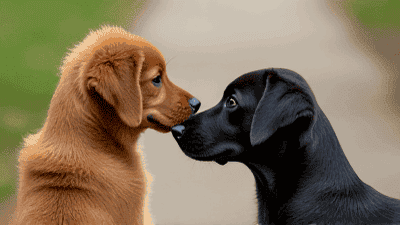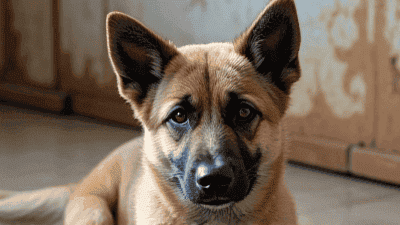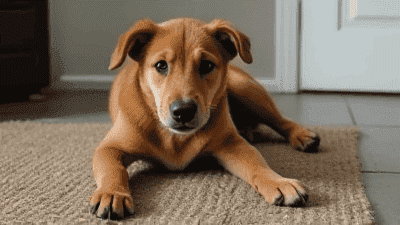
Adopting a rescue dog is a rewarding experience, but it often comes with unique challenges. Many rescue dogs have experienced trauma, neglect, or lack of socialization, leading to shyness and fearfulness. Building confidence and trust in a shy rescue dog requires patience, understanding, and a structured approach.
Shyness in rescue dogs can result from various factors, including:
Recognizing the signs of shyness is the first step in addressing the issue. Common signs include:

A shy dog needs a place where they can retreat and feel secure. Create a designated safe space, such as a crate or a quiet corner, with soft bedding and toys.
Avoid loud noises, sudden movements, or overwhelming situations that could trigger fear. Gradually introduce your dog to new environments and stimuli.
Calming products, such as pheromone diffusers, anxiety wraps, or supplements, can help reduce stress and promote relaxation.
Building trust takes time. Avoid forcing interactions or expecting immediate progress. Let your dog set the pace.
Reward your dog with treats, praise, or affection for calm and confident behavior. Positive reinforcement helps create positive associations with new experiences.
Punishing a shy dog for fearful behavior can exacerbate their anxiety. Instead, focus on rewarding and encouraging positive behaviors.
Allow your dog to approach you on their own terms. Avoid leaning over, making direct eye contact, or reaching out suddenly, as these actions can be intimidating.

Introduce your dog to new people, animals, and environments gradually. Begin with low-stress situations and slowly increase the level of exposure.
Encourage friends or family members to interact with your dog calmly and gently. Ask them to offer treats or play with your dog to build positive associations.
Enroll your dog in a positive reinforcement-based training class. Training classes provide structured socialization opportunities and help build confidence in a controlled setting.
Take your dog on walks in various locations, such as parks, neighborhoods, or pet-friendly stores. Gradually expose them to different sights, sounds, and smells.
Start with simple commands like sit, stay, and come. Training helps your dog feel accomplished and more secure in their abilities.
Interactive toys, such as puzzle feeders or treat-dispensing toys, can engage your dog’s mind and build problem-solving skills.
Games like hide-and-seek or fetch can help your dog build confidence while reinforcing training commands.
Teaching your dog fun tricks, such as high five or spin, can boost their self-esteem and strengthen your bond.

Desensitization involves gradually exposing your dog to the things they fear in a controlled and positive way. Start with a very mild version of the trigger and slowly increase the intensity as your dog becomes more comfortable.
Counterconditioning involves changing your dog’s emotional response to a fear-inducing stimulus by pairing it with something positive, such as treats or play.
Continue using positive reinforcement and gradual exposure to reinforce your dog’s confidence.
Pay attention to your dog’s body language and behavior. If they seem overwhelmed, reduce the intensity of the situation and provide reassurance.
Acknowledge and reward even minor improvements in your dog’s confidence. Every step forward is a victory.
If your dog’s shyness does not improve or worsens despite your efforts, consult a professional dog trainer or behaviorist.
Shyness can sometimes lead to aggression if a dog feels cornered or threatened. Seek professional guidance to address aggressive tendencies.
Dogs with extreme anxiety may require additional support, such as medication or specialized behavior modification programs. Consult your veterinarian for recommendations.
Building confidence and trust in a shy rescue dog is a journey that requires time, patience, and compassion. Celebrate every small victory and remember that progress may be slow but is incredibly rewarding. By providing a safe and supportive environment, you can help your shy dog blossom into a confident and happy companion.
Dealing with shyness in rescue dogs can be challenging, but with the right approach, you can help your furry friend overcome their fears and build a strong bond of trust. By understanding the causes of shyness, creating a safe environment, using positive reinforcement, and seeking professional help when needed, you can guide your dog toward a happier and more confident life. Remember, patience and love are the keys to unlocking your shy dog’s true potential.